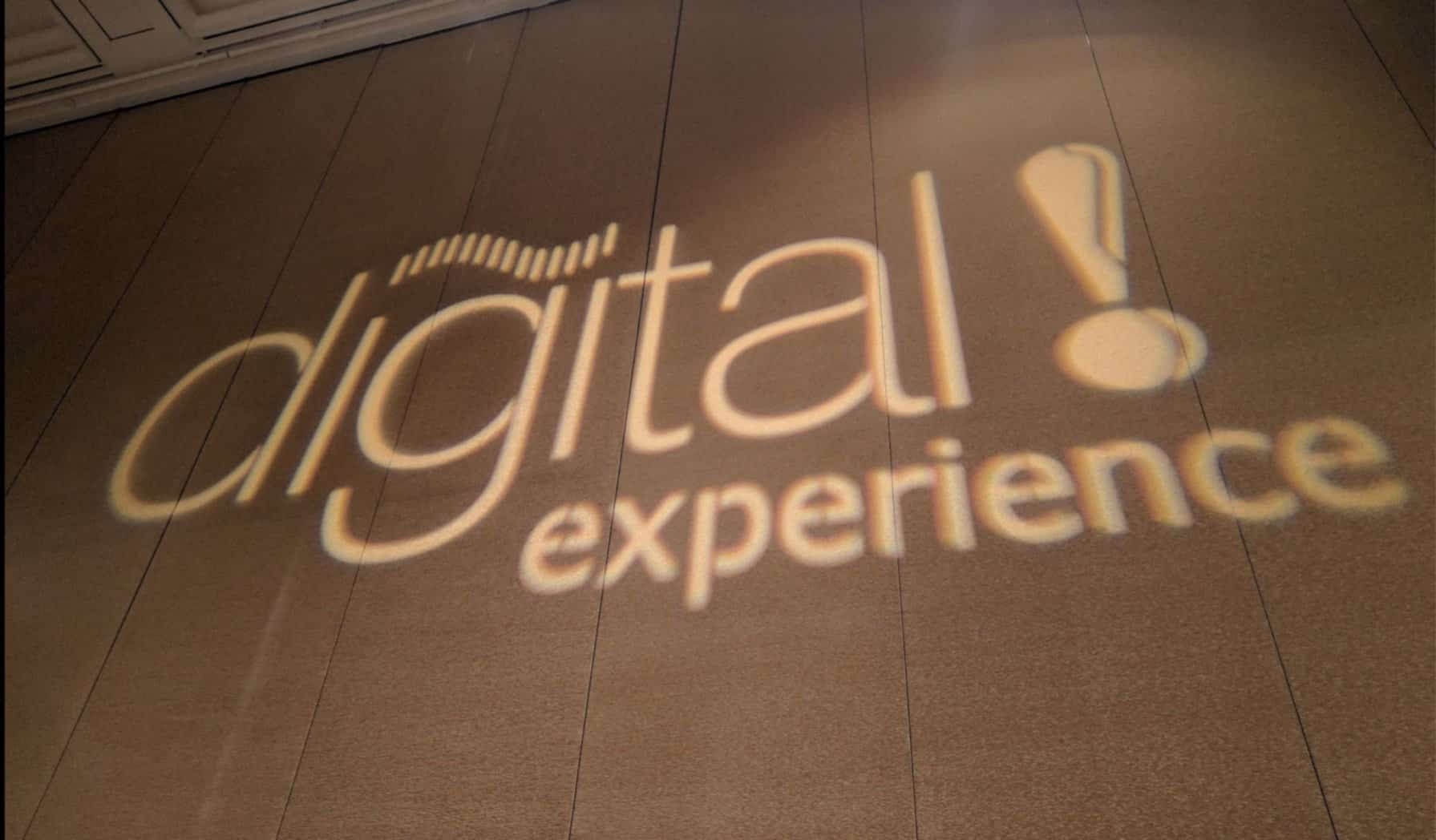Defining The Four Phases Of Digital Experience
New technologies have put the pressure on brands to evolve.
The emergence of voice assistants, connected devices and chat platforms have introduced new ways for consumers and brands to interact. All of these new experiences will need to be brand consistent. New experiences will need to empower people and put them in control of the buying journey.
Forrester analyst Michael Facemire discussed in a recent webinar the future of digital experiences. Facemire said that the challenge for companies going forward is to change their mindset to, “build digital experiences, not mobile apps.”
In the webinar, Facemire introduced the four phases of how digital experiences will evolve. The phases exist on a spectrum, which means that each individual phase is not mutually exclusive. Phase one (which can be loosely defined as blending of the mobile era with “Web 2.0“) can mix and intermingle with phase two and three which integrate platform-specific services or apps like voice assistants and chat bots. Phases progress as companies integrate more bleeding edge interaction models into the customer-facing technological stack.
Phase One: App And Web Experiences
First came the Web. Then came some very simple versions of the mobile Web. Then came the apps and more sophisticated versions of the mobile Web, including responsive websites and Progressive Web Apps.
Phase one can be defined as the mix of Web/app paradigm that evolved out of desktop browsers and the mobile revolution which began with the iPhone in 2007. In 2017, the appropriate mix of apps, websites and mobile-optimization is table stakes of the technological stack.
People tend to select their own go-to versions of apps that they have grown comfortable with over a period of time. This means that people will often ignore apps and websites which do not fit their defined behavioral paradigm. The behavior is specifically problematic for apps. The result is that apps often have massive issues of user retention when a person downloads an app for a specific purpose and then forgets about it and later deletes the app from their phone.
The Web has the opposite problem. People find information from a variety of sources (search, social, email etc.). People often do not care what the source is as long as it has the relevant information or function they are looking for. See how people’s patterns between websites and apps has shifted over time in this comScore analysis of mobile and desktop behavior.
Both instances of app and Web usage speak to the need for top notch digital experiences. How do you keep people coming back? Have better content, feature, functions and experience than the other websites and apps vying for their attention.
Phase Two: Platform-Based Experiences
Amazon’s Alexa, Apple’s Siri, Microsoft’s Cortana and Google Assistant represent a foray into phase two of digital experience. Messaging platforms like Facebook Messenger, WhatsApp, iMessage and WeChat also lead the next generation of consumer interfaces.
The difference between the app/Web paradigm and this new generation is the the the latest user interfaces are platform and device based. The virtual assistants are built on device platforms like the Amazon Echo or operating system platforms like iOS, Windows and Android. The agents that represent phase two are derivative of phase one, often living inside of apps and the Web itself (Facebook Messenger is a platform in and of itself and is also app based and Web-based).
The maturity of the device and platform ecosystem from which phase two will launch itself is still in its early stages. People are still deciding if and when they want to buy intelligent speakers like the Google Home or the Echo. Consumers are not yet sure if they want to interact with brands via messaging platforms and bots.
Phase Three: Blended Experiences For Personalization
Personalization is addressed when ecosystems begin to blend into one another. When a consumer can start an experience on a chat bot and move to an app and then to a website, the ability to personalize that experience to the individual is greatly enhanced.
The self-selecting nature of consumer behavior is modified in phase three as experiences are offered on-demand, when they are needed, as opposed a person choosing ad-hoc options that may be available.
Phase Four: Blended Ecosystem Experiences
The final phase of digital experiences is all about the ecosystem. In the first three phases, the ecosystem was limited to whatever device or platform you started the experience on. In phase four the ecosystem can recognize and utilize any device near you. Your mobile app communicates with your television, which communicates with Siri and so on and so forth.
The walls between the platforms become invisible and each aspect of the stack becomes more useful to both consumer and brand. Blended ecosystem experiences offer the greatest amount of personalization for digital experiences.
How long will it take to reach phase four? The answer depends on the industry and the company. As with any new technologies or ideas, some brands are quicker to adopt than others. The key for you and your company is to start preparing for the future of digital experience today, while continuing to integrate each new phase as it meets the needs of your customers.
One way to prepare for the coming experience revolution is to start incorporating these new ideas and platforms into your business strategy. From there, you can take a “test and learn” approach. Testing at each phase and getting feedback from real customers, is vital to ensure the quality of each release or product launch. Testing confirms that the experiences you are delivering are consistent across all devices, all platforms and all phases.




